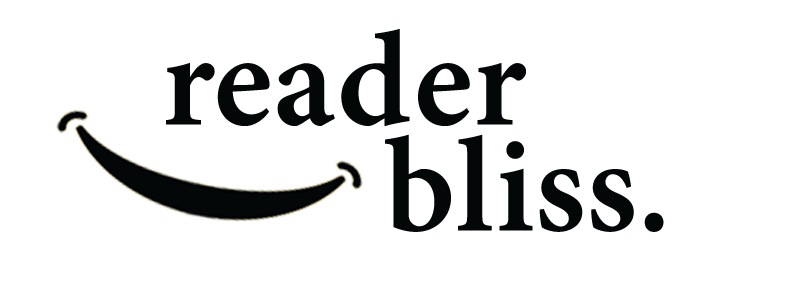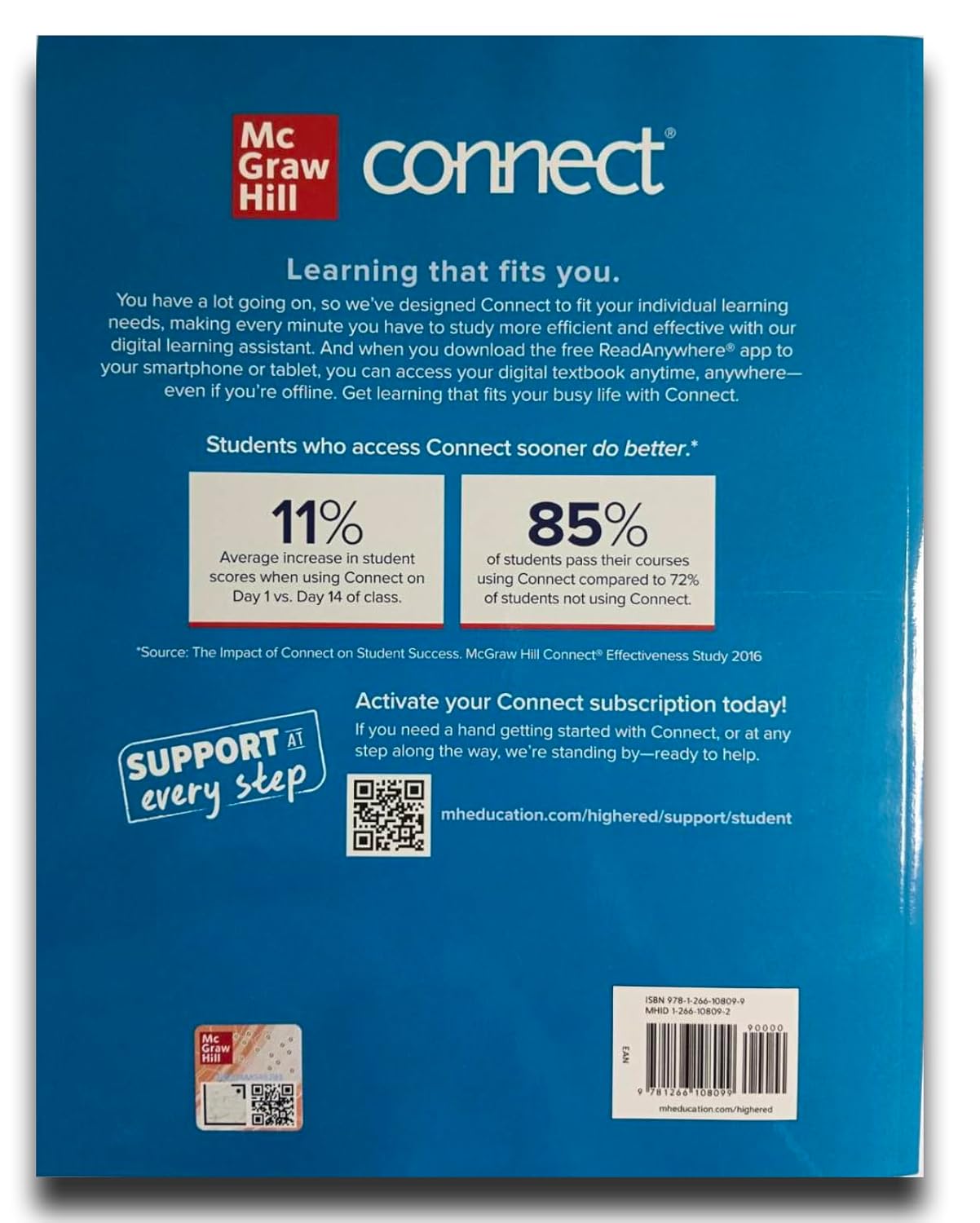I recently finished reading the 10th edition of Organizational Behavior: Emerging Knowledge, Global Reality by Steven McShane and Mary Ann Von Glinow, and I must say, it was an enlightening experience. As someone who enjoys delving into the dynamics of workplace interactions and the psychology behind them, I was compelled to pick up this textbook to better understand the concepts that define our organizational structures. The relevance of this book extends beyond just managers; it’s beneficial for anyone working in or around organizations.
One of the most significant strengths of this book is how it addresses emerging knowledge in organizational behavior. By emphasizing real-world examples and evidence-based literature, it truly brings the concepts to life. I appreciated how the authors introduced design thinking and agile methodologies, demonstrating their relevance in enhancing creativity and decision-making in organizations. This was something I had been curious about, and the examples helped solidify my understanding.
Another noteworthy aspect is the exploration of self-concept as a determinant of individual behavior and team cohesion. The book dives deep into how our self-perception shapes our interactions within teams and influences leadership. This insight resonated with me, as I often reflect on how our individual attitudes affect group dynamics.
However, I also encountered a couple of drawbacks that made my reading experience slightly uneven. While the book spans 672 pages, making it quite comprehensive, I felt that some sections could have been condensed. Certain chapters seemed a bit repetitive in their messages, possibly overwhelming those new to the subject. Additionally, the focus on digital communication channels, although timely, sometimes felt rushed. As someone intrigued by the nuances of communication, I would have appreciated deeper exploration in that area.
Additionally, some readers have highlighted that the text is densely academic. I can understand that perspective, especially since this is a student textbook and might not be as accessible to lay readers. I found some chapters challenging to navigate due to the heavy academic language, which could deter casual readers. Nevertheless, I appreciated the richness of the content and the depth it provided, so I found the effort worthwhile.
The edition’s focus on a global mindset and the importance of emotions in the workplace was particularly striking. In an increasingly diverse and interconnected world, understanding these aspects isn’t just beneficial but essential. The authors make it clear that organizational behavior impacts every individual, not just those in managerial roles, which is a crucial point for any organization aiming for inclusivity.
In conclusion, I would highly recommend Organizational Behavior: Emerging Knowledge, Global Reality to anyone interested in understanding the mechanisms of workplace dynamics. Its applicability to modern work environments, combined with insightful examples and a strong theoretical framework, makes it an invaluable resource. Despite its academic tone and occasional density, the profound insights provided far outweigh any drawbacks. Whether you’re a student, a working professional, or someone simply curious about organizational behaviors, this book is a treasure trove of knowledge. I truly felt more equipped to navigate my own workplace experiences after finishing it!








